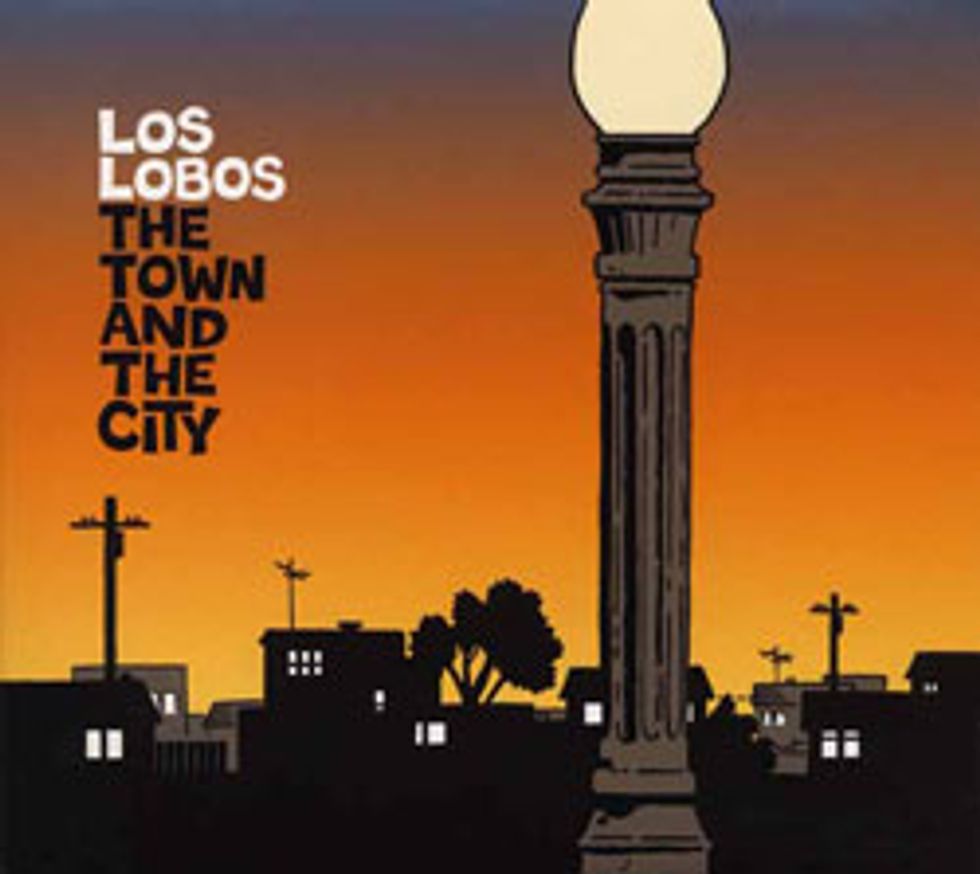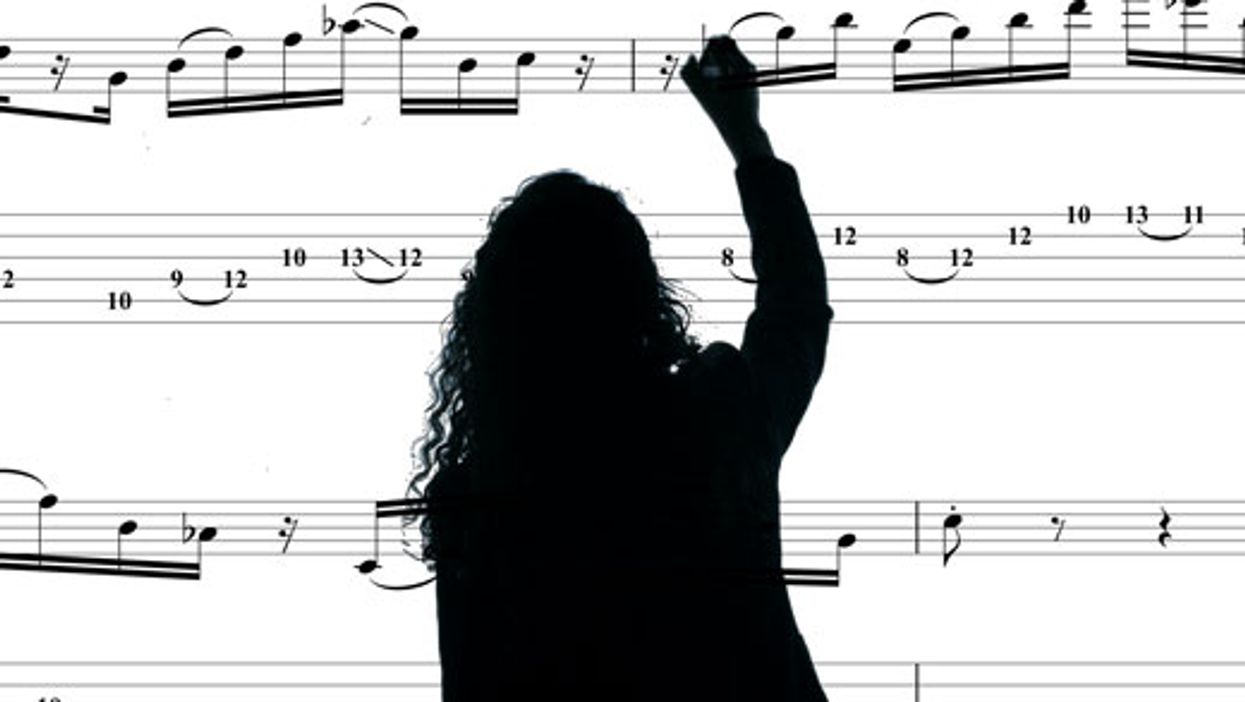Chops: Intermediate
Theory: Beginner
Lesson Overview:
• Learn how to play octaves à la Wes Montgomery.
• Understand how to create melodic phrases on a single string.
Click here to download a printable PDF of this lesson's notation.
Welcome to Deep Cuts, my new column for Premier Guitar. In each installment, we’ll be looking into the work of one particularly cool player on one particularly cool recording. Now, these won’t be the same old songs or players we’ve seen lauded time and again in guitar mags. The big idea here is to explore stuff you may have missed—stuff I hope will inspire you to take your playing in some new directions. Okay, let’s get started.
Los Lobos celebrated their 40th anniversary as a band last year. The East L.A. combo’s sound is a unique blend of roots-rock, blues, folkloric Mexican music, and other styles. Their contributions to the soundtrack of the 1987 film La Bamba brought them some mainstream attention. The band won a Grammy award in 1989 for their La pistola y el corazón album. Other releases—such as their artfully ambitious Kiko—have garnered critical acclaim. But, as with any great band or artist, there’s more to Los Lobos than their high-profile bullet points. The band has been turning out records full of great songs for decades now, and there’s always lots of standout guitar playing—alternately dreamlike and Herculean—woven in. The man making those strings sing is David Hidalgo.
Hidalgo’s parts are unfailingly well crafted, his blues-tinged phrasing exquisite, and his tones—sometimes boutiquey, sometime lo-fi—always compelling. Some of Hidalgo’s most sublime playing can be heard on “The Town,” from Los Lobos’ 2006 album The Town and the City. What’s particularly striking about his solo breaks on this song is the rhythmic diversity he employs. Rather than building phrases on just one type of subdivision—like eighth-notes or quarter-note triplets—Hidalgo casually combines them, shifting gears mid-phrase with ease. It’s enough to make you wonder: Will he make it to the last note and land on his feet? Indeed he does, over and over again.
Ex. 1 is the 8-measure chord progression that cycles throughout “The Town.” Play it a few times before getting into the remaining examples. This will help your ears appreciate them in context.
Click here for Ex. 1
Ex. 2 is a simple pentatonic melody played in low octaves, based on Hidalgo’s lines at the top of “The Town.” His gritty tone on the recording is noticeably warmer in these first few measures, so perhaps he used his thumb—à la Wes Montgomery—for these phrases. Such soul-jazz moves aren’t the most obvious direction for a tune like this, but Hidalgo plays with so much grace and conviction that he defies us to imagine any other choice. For each octave pair, fret the lower note with your first finger and the upper note with your third or fourth finger—whichever feels more comfortable to you. Take care to mute the unused string in between with the pad of your first finger.
Click here for Ex. 2
Ex. 3 paraphrases a line that Hidalgo plays at 2:16 on the original recording. Check out all of the different rhythms packed into this one little phrase. In Hidalgo’s hands, such metric complexity feels loose and natural, not mathy at all. He’s deep in the groove one second, floating above it the next. If you can get this line to swing just right, you’ll feel the same sort of freedom.
Click here for Ex. 3
There’s rhythmic variety in Ex. 4 (based on Hidalgo’s improv near the end of “The Town”) as well, particularly in the first measure. Notice here how the G#, B, and C# all pile up together. It’s a bit of a stretch for your fretting hand, but the gnarly effect is worth the effort. The remainder of the phrase is a winding descent to the bottom of the guitar, via the E major pentatonic scale (E-F#-G#-B-C#).
















